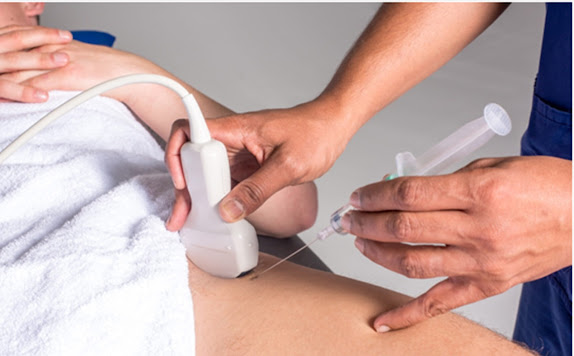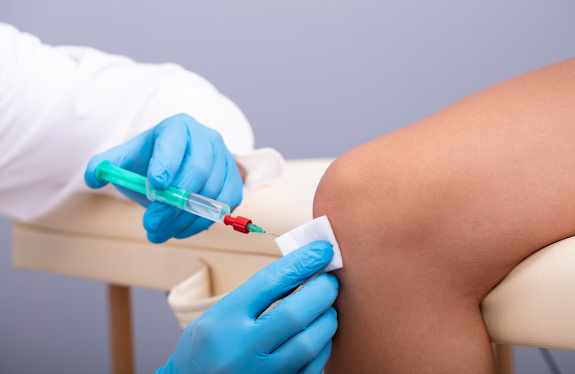How Joint Steroid Injections Work: A Breakdown of the Mechanisms Behind This Common Treatment
Joint Steroid Injections, also known as Steroid Injections for Joint Pain, are a standard treatment to relieve joint pain and inflammation. A steroid medication will be injected directly into the affected area to treat this condition. Affected joint to reduce swelling and pain. In this article, we will explore the mechanisms behind how collaborative steroid injections work.
What are Joint Steroid Injections?
A joint Steroid injection treatment involves injecting synthetic cortisol, a hormone with anti-inflammatory properties, into a joint to reduce pain and inflammation. This procedure is commonly used to alleviate joint problems.
How Do Joint Steroid Injections Work?
When a joint is inflamed, it can cause pain, swelling, and stiffness. Joint steroid injections work by reducing inflammation in the affected joint. The steroid medication in these injections suppresses the immune system's response in the affected area, helping to reduce inflammation. This, in turn, helps to reduce pain and swelling in the joint, allowing for increased mobility and range of motion.
Steroid injections into a joint can reduce inflammation by decreasing the production of prostaglandins, which are chemicals in the body that cause inflammation. This can effectively alleviate pain and inflammation in the affected joint.
What Conditions Can Joint Steroid Injections Treat?
Joint steroid injections can treat various conditions that cause joint pain and inflammation. Some of the most common conditions treated with joint steroid injections include:
If you experience joint pain and stiffness, it may be due to osteoarthritis or rheumatoid arthritis. Bursitis is inflammation of the tiny sacs that cushion joints, while tendinitis is inflammation of the tendons that connect muscles to bones. Joint steroid injections can also help treat other conditions that cause joint pain and inflammation.
What are the Benefits of Joint Steroid Injections?
Joint steroid injections offer several benefits for joint pain and inflammation patients. Some of the most notable benefits of joint steroid injections include:
Reduced inflammation and pain in the affected joint
Improved mobility and range of motion
A reduction in the need for oral pain medications
Faster relief than other forms of treatment, such as physical therapy
In addition to these benefits, joint steroid injections are minimally invasive and have few side effects compared to other forms of treatment. This makes them attractive for those seeking joint pain and inflammation relief.
Conclusion:
Joint Steroid Injections, also known as Steroid Injections for Joint Pain, are a standard treatment to relieve joint pain and inflammation. These injections reduce inflammation in the affected joint, which helps to reduce pain and swelling. Joint steroid injections can treat various conditions that cause joint pain and inflammation, including osteoarthritis, rheumatoid arthritis, bursitis, and tendinitis. They offer several benefits, including improved mobility and range of motion, reduced need for oral pain medications, and faster relief than other forms of treatment. Joint steroid injections may be a viable treatment option for joint pain and inflammation.
Find us here: Goo.gl/maps/



Comments
Post a Comment